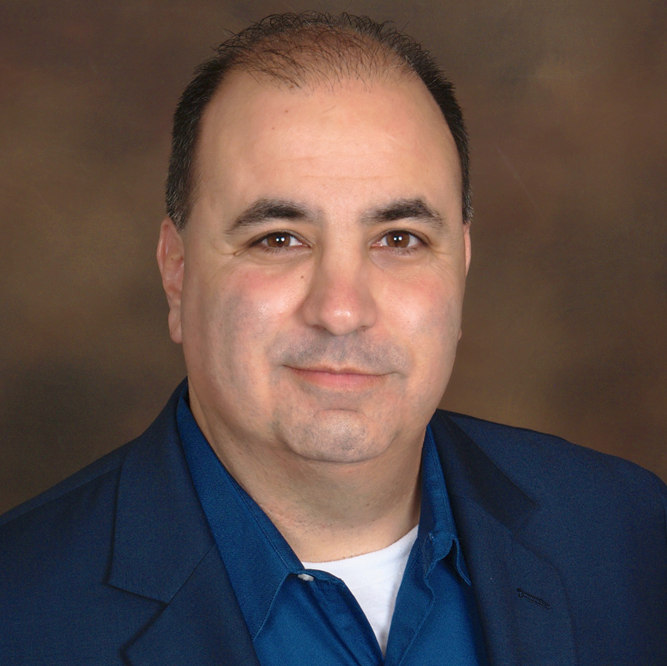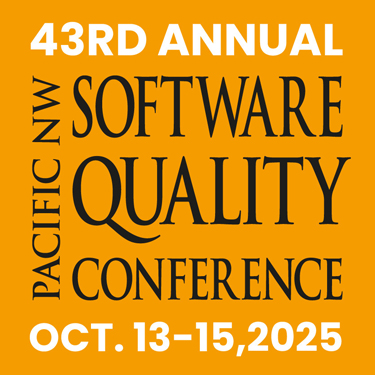Defining Test Automation Requirements Through Recordings
Invited Speaker!
Most organizations have gone away from the concept of record and playback as their preferred automation method. The early failures of this approach to automation years ago has left significant doubt that this can be used as a primary method of automation. Instead, automation engineers may rely on manual test cases that outline what needs to be done, review a business requirements document, or analyze a design document. Why can‘t recordings help not only fill these requirements, but also provide the foundation for automation engineers to work from?
The recorders of today are so much stronger and robust than years past that using recordings as a means to capture test requirements can be one of the strong ways to get reliable test inputs. Whether open-source or commercial, this mechanism can lead automation engineers to seeing what may be brittle in the UI or how to build an API-approach. Join this session to not only see how recordings not only can expedite the creation of hardened automation scripts, but also can open the world to all to create automation requirements.
.
 Jim Trentadue, PwC
Jim Trentadue, PwC
Jim Trentadue has more than twenty years of experience as a leader in the software testing field. In his various career roles in testing, Jim has focused on test execution, automation, management, environment management, standards deployment, and test tool implementation. In the area of offshore testing, Jim has worked with multiple large firms to develop and coordinate cohesive relationships.
As a guest speaker at the University of South Florida‘s software testing class, Jim mentors students on the testing industry and trends for establishing future job searches and continued training. Jim has started his own Test Automation Foundations & Principles workshop aimed at helping manual testers get started with test automation.
